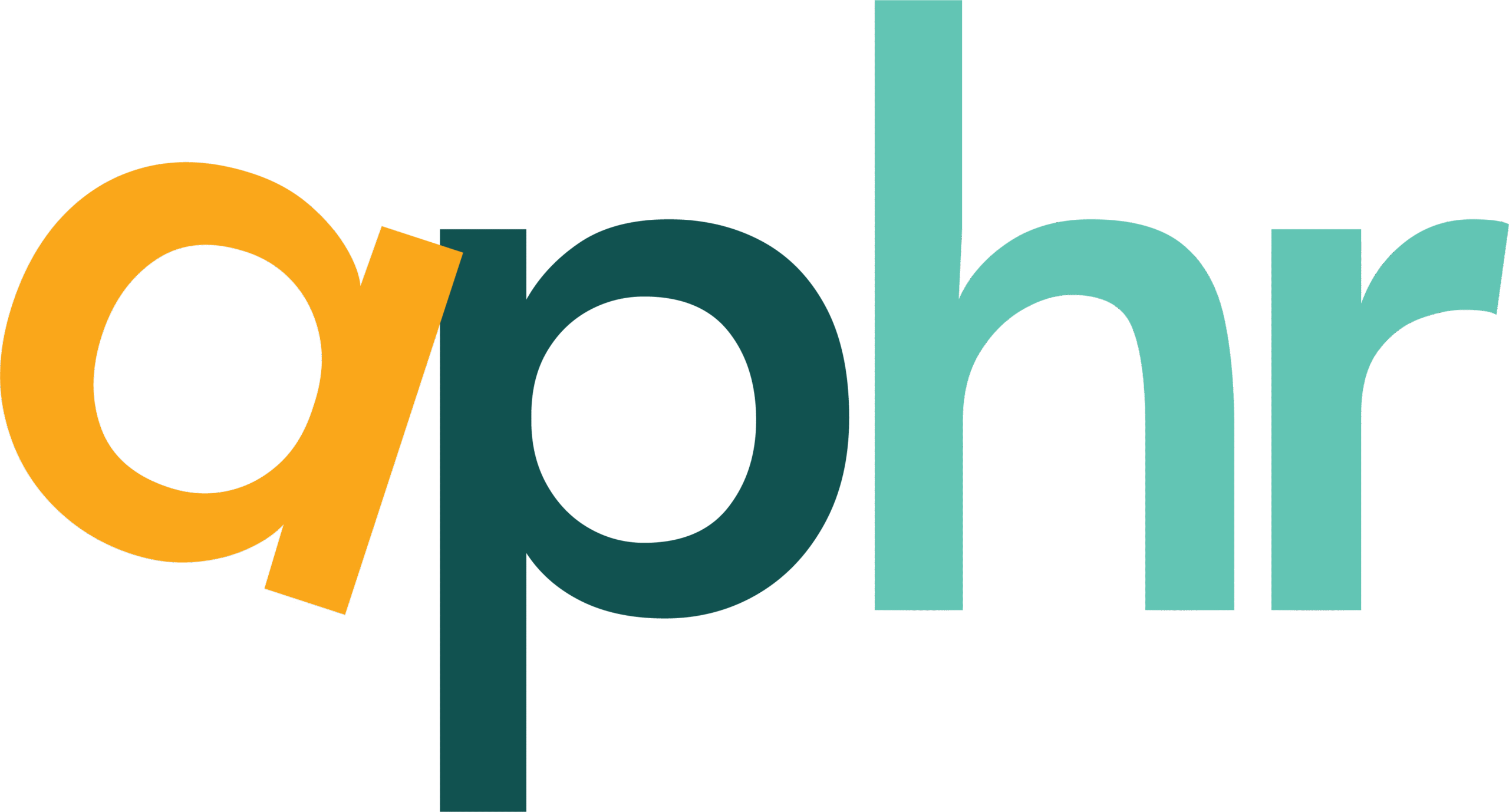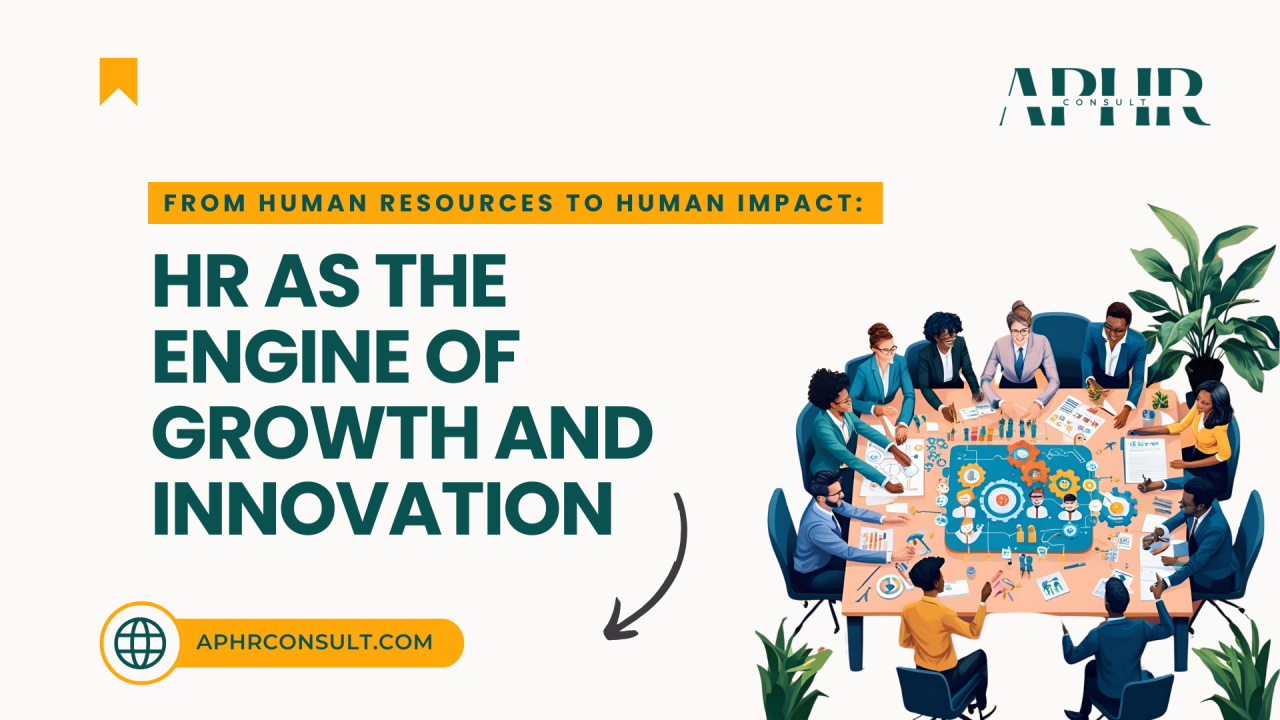FROM HUMAN RESOURCES TO HUMAN IMPACT: HR as the Engine of Growth and Innovation
Yesterday, the world marked International HR Day, a moment dedicated to recognizing the critical role Human Resource professionals play in shaping modern organizations. But beyond the well-deserved appreciation, this day offers something more: a call to action. A reminder that HR is no longer just about managing processes or people, it’s about enabling human impact at scale.
Today, HR professionals no longer focus on traditional personnel management. they sit at the intersection of purpose, performance, and people. As businesses navigate constant change—from digital disruption to evolving workforce expectations, HR professionals are becoming central to driving innovation, shaping company culture, and aligning people strategy with business performance.
In 2025 and beyond, HR must act as a strategic business partner, enabling organizations to thrive in a world shaped by digital transformation, changing employee expectations, and the growing demand for inclusive and agile workplaces.
Why Human Impact Matters in 2025 and Beyond
The future of work is being shaped in real time and at an alarming rate. With rapid digital transformation, rising calls for inclusion, and shifting definitions of success, one thing is clear: organizations can’t grow sustainably without putting people at the center.
Despite all these changes, HR professionals are uniquely positioned to lead the charge towards ensuring that businesses remain people-focused while being performance-driven in order to create an environment where both the goals of the talent and the organization are not only aligned but also met.
Four Ways HR Drives Innovation and Growth
1. Translating Purpose into People Strategy
Purpose without alignment is just a slogan. Human Resource as a role is poised to ensure an organization’s values are translated and embedded in their everyday pratices. From recruitment and onboarding to recognition and leadership development. Imagine a local chef with dreams of going global who finds themselves thriving in a fine-dining, intercontinental kitchen. That’s alignment. Compare that to placing the same chef in a mechanic’s workshop, no matter how skilled, they’re in the wrong environment.
When employees understand how their personal goals connect with a bigger mission, they’re not just engaged, they’re inspired. That’s the real power of a purpose-driven people strategy.
2. Designing Agile, Impactful Teams
High-performing teams don’t just happen by luck, they’re designed with intention. HR plays the role of an organizational architect, ensuring that the right people are in the right roles (talent acquisition), the organization is set up for business continuity (succession planning), employees are working with clarity and collaboration (performance management processes) among other core elements of co-creating a great culture that people just love. Picture a well-rehearsed orchestra: the brilliance lies not just in individual talent, but in the harmony of the different but complimenting roles, timing, and tempo. HR ensures people are not only in the right seats but are equipped to play the right notes, together. In a fast-evolving world of work, agility and clarity are the new currency for sustainable growth.
3. Fostering Innovation Through Culture
Culture is where innovation either thrives or dies. HR professionals shape the work environments where psychological safety, diversity, and creativity are not just buzzwords but ingrained into everyday work. It’s in the everyday policies that enable someone to raise a new idea without fear, or the inclusive systems that ensure no talent is overlooked. HR’s role is to keep adjusting the systems per time while sticking to the core values, vision and strategy of the organization, like tending to a greenhouse and ensuring the climate is just right for a plant to bloom. This way, innovation is not occasional but inevitable.
4. Powering Performance with People Analytics
Psychology, intuition and gut-instinct are usually relied upon especially while managing people; however, data is transforming how HR professionals manage talent giving us a lever by tracking engagement, forecasting turnover, and uncovering patterns that once went unnoticed, turning HR into a strategic powerhouse. It’s like switching on the headlights while driving at night: you suddenly can see what’s ahead and can steer your vehicle away from danger proactively. From heatmaps of team morale to dashboards that pinpoint skill gaps, people analytics enables HR to make evidence-based decisions that accelerate performance from their people data. The smartest organizations don’t just have and report on this data, they have HR teams who know what to do with it.
This International HR Day is a reminder to go beyond titles and departments to honouring the real connectors, the HR professionals who quietly and consistently bridge vision and execution, align people with purpose, and turn talent into transformation. It’s time we recognize not just what HR does, but why it matters and the transformational impact we have on people, economies and communities.
Did you enjoy this read?
Let’s build the future of work, together.
We don’t just talk HR, we are deeply motivated by designing people strategies that move businesses forward. If you’re ready to unlock the next level of impact through your people, let’s start the conversation. From team design to leadership development, our custom solutions are built to turn your people strategy into competitive advantage, for real-world impact.
Let’s talk about how your HR team can do more. Reach out to us at hello@aphrconsult.com or visit www.aphrconsult.com to get started.
Similar Articles
Accelerating Action: Practical HR Strategies for Gender Equity International Women’s …
The Cost of Losing Top Talent and How to Prevent …
INTERNATIONAL DAY OF EDUCATION: Why Employee Training and Development is …

